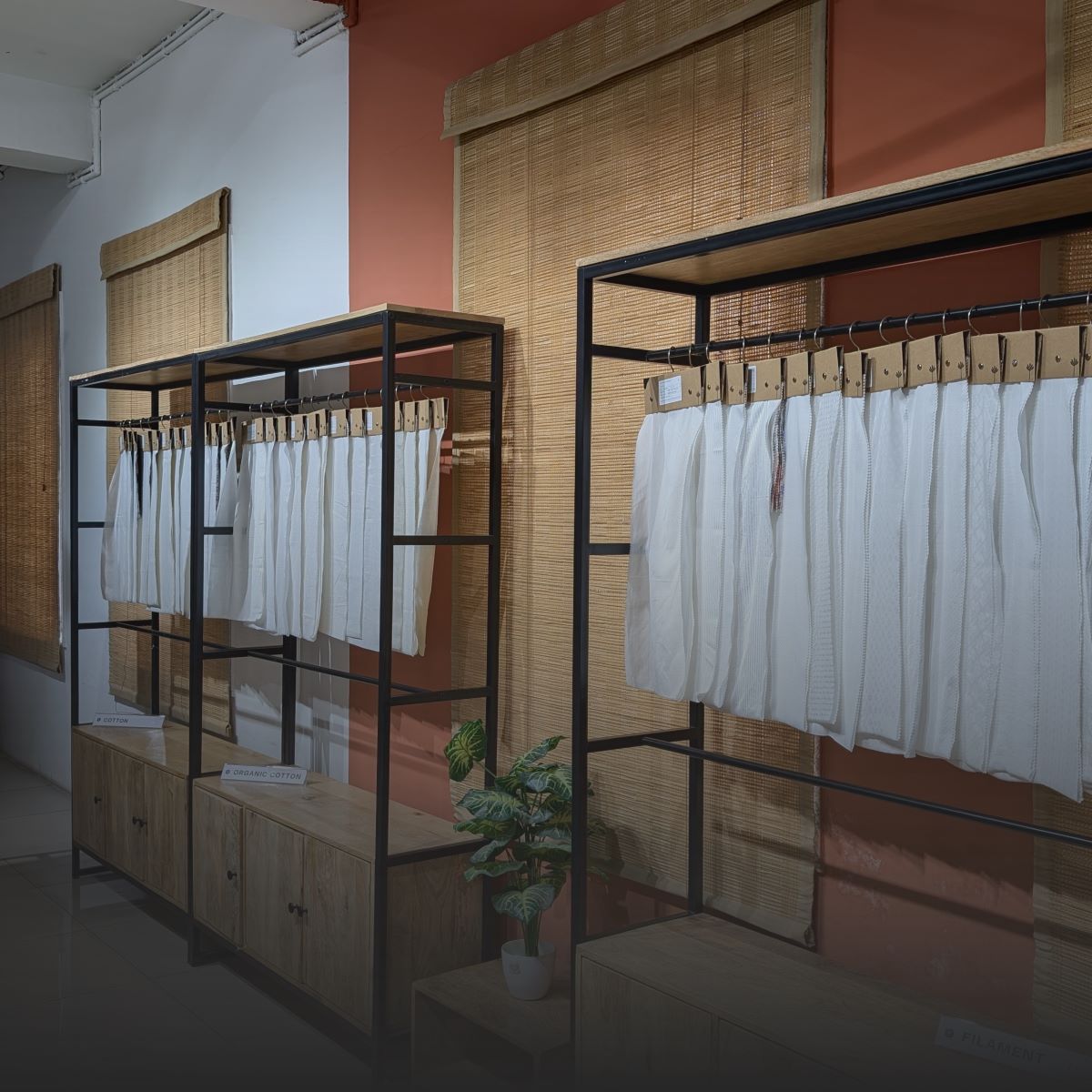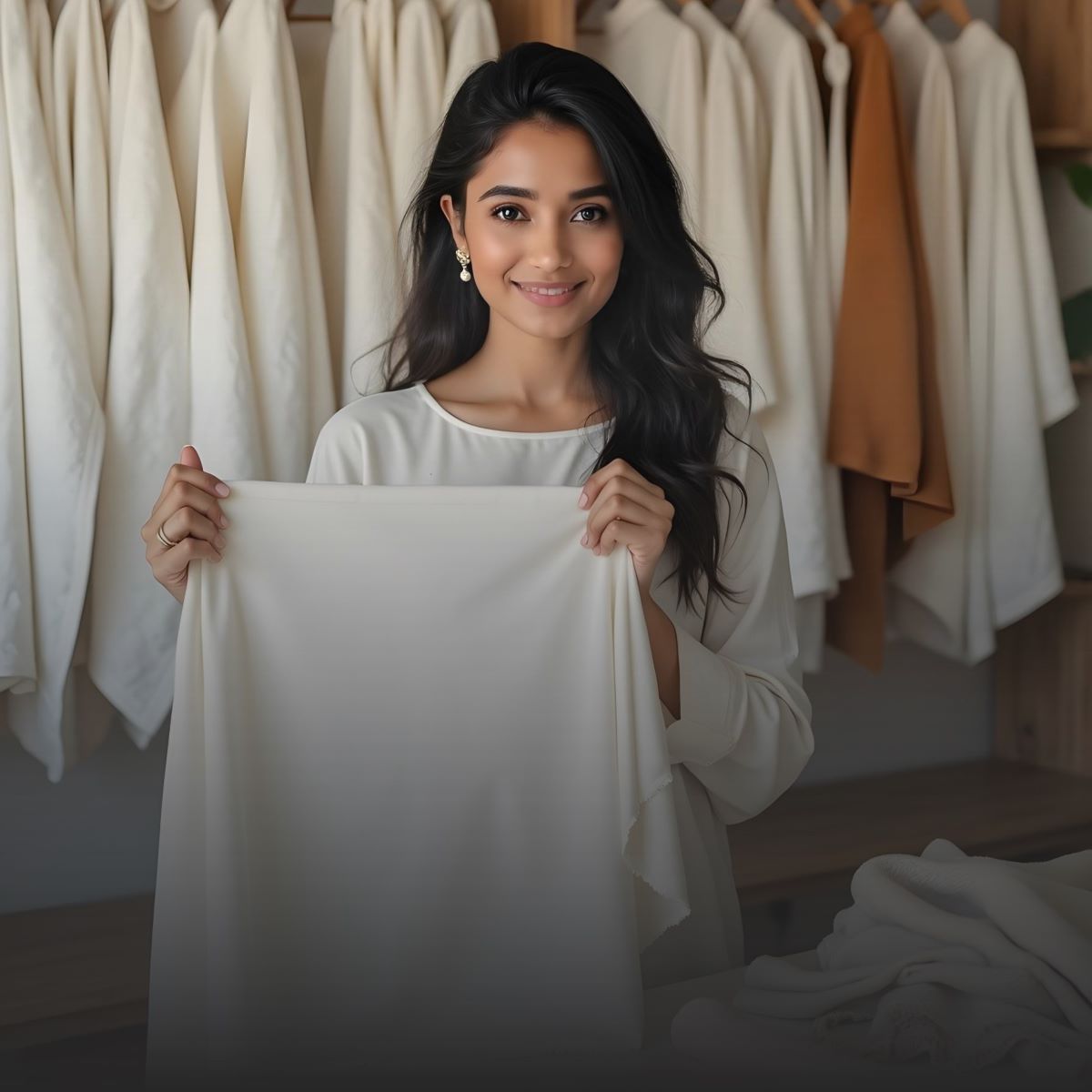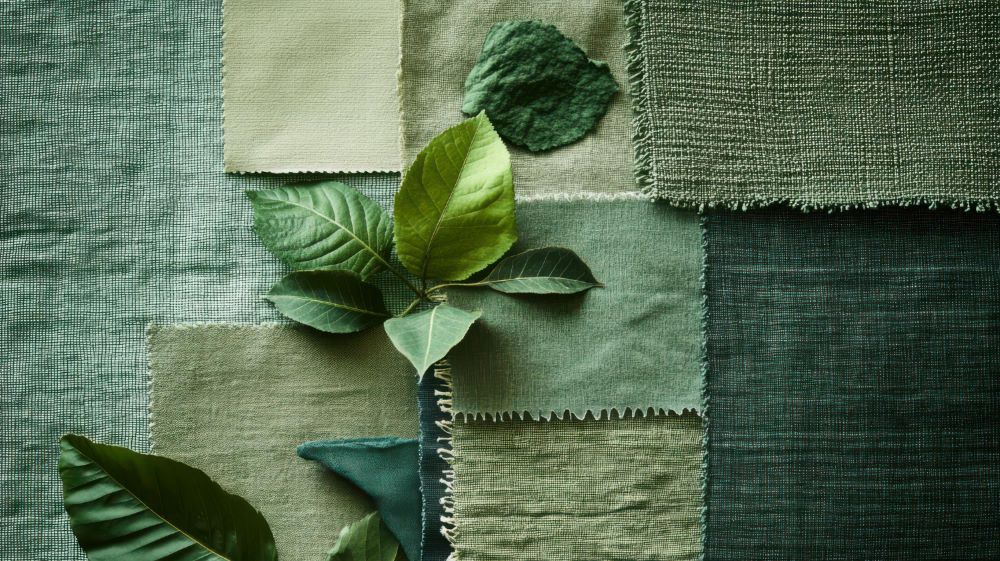Global fashion brands are turning to India for garment manufacturing and the reasons are clear. In today’s fast-moving fashion industry, speed, flexibility and reliability are crucial. India offers all three, making it a preferred destination for both large brands and boutique labels looking for quality and efficiency.
The Indian textile industry provides a wide variety of fabrics, skilled labor and advanced production setups. Whether it’s cotton, silk or blends, fashion brands sourcing from India gain access to high-quality materials and craftsmanship at competitive prices. The ability to handle small or bulk orders adds to its global appeal.
With faster turnaround times, strong logistics and a growing focus on sustainable practices, India is now a leading hub for garment manufacturing in Asia and beyond.
Also Read : Fashion Designers That Promoted Indian Fashion to Global Level
What Makes India a Global Leader in Garment Manufacturing?

India is a leading garment manufacturing hub because it offers a complete supply chain—from fabric sourcing to final shipment—within one country. This setup helps brands manage cost, quality and timelines more efficiently.
In FY 2023–24, India exported $17.3 billion worth of garments. Major destinations included the USA, EU, Bangladesh and UAE. These numbers reflect global trust in India’s ability to deliver large volumes without delays.
With full production control, access to skilled labor and a wide fabric range, India gives brands the tools they need to meet growing demand and scale product lines without complexity.
Is India Truly Cost-Effective Without Compromising Quality?

Yes, India offers lower garment production costs while meeting high international quality standards.
You can reduce your budget and still deliver well-made garments. India’s supply strength, local resources and skilled labor keep costs in control without reducing product value.
Why India is cost-effective and reliable:
- Labor is affordable and trained for export-quality work.
- Fabrics like cotton, viscose, linen and blends are sourced within the country.
- Minimum order quantities start low, helping brands launch with less risk.
- Factories perform quality checks at each step: stitching, sizing and packaging.
- Shorter supply chains reduce delays and transportation costs.
You save money, avoid product loss and deliver on time. India supports you with both value and quality at every level of the garment process.
How Does India’s Skilled Workforce Support Global Brands?

India supports global garment production with a large, trained and experienced workforce across both traditional and modern apparel segments. This mix helps brands achieve consistency, creativity and speed in every order.
The country has strong textile hubs in cities like Tiruppur, Surat, Ludhiana and Jaipur. Each cluster specializes in specific product types, such as knitwear, woven fabrics or hand-crafted designs.
Key strengths:
- Skilled labor is trained in pattern making, stitching, dyeing and quality checks.
- Artisans are skilled in hand embroidery, block printing and other value-added techniques.
- Government and private programs provide workforce training in garment manufacturing.
You get the benefit of precision, experience and flexibility—across both small batches and bulk runs.
Why Is India a Go-To Source for Fabric Variety and Sustainable Options?

India supplies a wide range of fabrics and supports sustainable sourcing through certified materials and eco-conscious production methods. This makes it easy for brands to meet both creative and ethical goals.
You can source everything from basics to premium blends:
- Cotton, silk, linen, viscose and polyester.
- Certified sustainable options like Tencel, Bemberg, EcoVero and Liva.
- Ready-for-dye (RFD), mill-dyed fabric and digitally printed fabric choices.
- More than 100 fabric types offered by sourcing partners like Fabriclore.
Sustainability is not a trend—it is now part of the supply process. According to a PwC report, 70% of Indian garment manufacturers use eco-friendly practices. These include organic fabrics, waterless dyeing and reduced carbon emissions.
You can create high-quality garments while supporting clean, compliant and responsible production.
Why Do Flexible MOQs and End-to-End Services Give India an Edge?

India supports fashion brands with flexible minimum order quantities and complete production services. This helps you launch collections faster and manage costs at every stage.
You do not need large volumes to start. Many manufacturers accept low MOQs, which is ideal for testing new styles or serving focused markets.
What you get:
- Production starts from 50 pieces per size.
- Services cover design, pattern development, stitching, labeling and packing.
- Fabric sourcing, prototyping and visual sampling are available from trusted platforms like Fabriclore.
- Faster turnaround with fewer vendors to manage.
This all-in-one setup reduces delays and simplifies your process. You save time, lower risk and scale with control.
How Fast and Reliable Is India’s Garment Delivery System?

India offers reliable global shipping and fast production timelines supported by organized logistics and tech-enabled updates. This helps brands meet deadlines and manage inventory more effectively.
Manufacturers coordinate with top courier and freight partners:
- Global shipping via DHL, FedEx, UPS and Aramex.
- Sea freight options for larger shipments to reduce costs.
- Real-time order tracking through tech-enabled platforms.
- Secure and export-grade packaging.
With fewer delays, strong last-mile delivery and clear communication, India helps you stay in control of timelines.
What Trade Relationships Help Indian Garment Manufacturers Compete Globally?

India maintains strong trade relationships with major fashion markets, helping brands save on duties and streamline sourcing. This makes India a dependable and cost-effective production base.
In FY 2023–24, India exported textiles and apparel worth $35.8 billion. Key buyers included:
- USA – 28% of total exports
- EU – 19%
- Bangladesh – 8%
- UAE and UK – 6% each
These trade ties reflect high demand and supply consistency. Agreements with key partners and active participation in textile councils support smoother processes and lower barriers for global buyers.
When you source from India, you gain access to a stable export network and long-term supply confidence.
How Does India Support Customization, Prototyping and Private Labeling?

India helps brands develop unique products by offering complete control over design, sampling and packaging. This allows you to stay flexible, test new styles and build a strong brand identity.
What you can access:
- Sample development using tech packs or physical garments.
- Pattern making and fit testing across multiple sizes.
- Custom labels, hang tags and export-grade packaging.
- Visual mockups before production begins.
Fabriclore supports this process through a clear 3-step model. You share your design, review samples and approve for bulk production, with expert guidance at each step.
India gives you full control from concept to final shipment.
Is Garment Manufacturing in India Ethical and Transparent?

Yes, many garment units in India follow ethical practices and maintain global compliance standards. This helps you build a responsible supply chain that supports both people and product quality.
Key facts:
- Many factories hold certifications such as GOTS, OEKO-TEX and SEDEX.
- Focus on fair wages, safe working conditions and environmental controls.
- Use of digital quality checks and testing reports for every batch.
- Transparent sourcing and production details are shared with buyers.
Manufacturers like Fabriclore also offer detailed specs, inspection reports and real-time updates—so you stay informed at every step.
India allows you to meet compliance goals and customer expectations with confidence.
Why Are Brands from the U.S., UK, Canada and UAE Sourcing from India?

Global brands are choosing India for one clear reason—dependability.
India supports diverse business needs, from small-batch production to large-scale supply. It gives brands control, flexibility and fast response across styles, seasons and demand shifts.
Here’s what makes India reliable for these markets:
- Suppliers respond quickly to design or quantity changes.
- Product development timelines match retail calendars.
- Custom branding, packaging and fit adjustments are available.
- Strong communication and tech-backed updates reduce follow-up efforts.
For brands in the U.S., UK, Canada and UAE, India is more than a factory base—it is a long-term production partner that adapts to change.
How Is Technology Shaping the Future of Garment Manufacturing in India?

India is adopting technology to improve garment production speed, accuracy and cost-efficiency. This supports global brands that expect faster deliveries and consistent quality.
Key developments include:
- Use of automation for cutting, stitching and finishing.
- Adoption of 3D knitting machines for seamless garment production.
- AI-based pattern recognition for better fit and reduced waste.
- Robotic cutting systems to speed up bulk production.
A report by McKinsey estimates that AI-driven systems could cut production costs by 20–30% over the next five years. This creates more value for buyers who need flexible, cost-controlled sourcing.
Technology helps Indian manufacturers serve global fashion brands with more speed and precision than ever before.
Also Read : What All Fashion Capitals Have In Common: A Global Fashion Guide
Conclusion

Choosing the right garment manufacturing partner shapes the future of your brand.
India offers what global fashion businesses need—skilled labor, full-service production, flexible order sizes and growing support for sustainability and technology.
From fabric sourcing to fast delivery, India simplifies every step. You get speed, quality and control—without stretching your budget.
If you need a trusted partner who supports growth and adapts to change, India is ready.
FAQs
Which is the largest garment factory in India?
Shahi Exports is the largest garment factory in India in terms of scale and workforce. It operates over 50 units across several states and serves brands like H&M and Uniqlo.
How many garment manufacturers are there in India?
India has over 25,000 registered garment manufacturers. These range from large export houses to mid-size and small-scale units located in key hubs like Tiruppur, Ludhiana and Delhi-NCR.
Which is the No. 1 garment export company in India?
Fabriclore Exports is the leading garment export company in India. It is known for its production scale, workforce strength and long-term partnerships with top international fashion brands.
How to start a garment factory in India?
To start a garment factory in India:
- Register your business and choose a suitable location
- Procure stitching, cutting and finishing equipment
- Hire trained staff and follow labor and tax laws
- Source fabrics, trims and packaging
- Set up production systems and quality checks
Which country is best for garment manufacturing?
India is one of the best countries for garment manufacturing. It offers cost-effective production, a skilled workforce, sustainable fabric options and strong export capacity.
What is the importance of the garment industry in India?
The garment industry is one of India’s largest employment sectors. It provides jobs to over 45 million people and contributes significantly to exports and industrial growth.
We also happen to be a magnet for suggestions, and would love to catch yours….throw us yours on hello@fabriclore.com




